India - China: Traditional and deep cooperative relationship
At a recent meeting between Prime Minister Modi and Foreign Minister Wang Yi, both sides reaffirmed the view that India and China are partners, not rivals, and that the realization of the “Asian century” is impossible without sustained cooperation between the two countries.
The year 2025 marks 75 years of formal diplomatic relations between the two countries. India was one of the first countries to recognise the People’s Republic of China in 1950. In the context of increasing globalisation and strategic competition, it is particularly important to carry forward this legacy.
The two countries face many similar development challenges, from boosting productivity to improving the quality of life and ensuring sustainable development. India is a large, fast-growing economy with a young workforce, a growing innovation ecosystem and a rapidly growing consumer class. China, meanwhile, has accumulated extensive experience in infrastructure development, manufacturing, digital governance and renewable energy. Combining India’s innovation capabilities with China’s large-scale deployment capabilities could create complementary development dynamics for both sides.
Within multilateral cooperation, China can continue to play an active role through financial institutions such as the Asian Infrastructure Investment Bank (AIIB), where India is currently the largest borrower. This opens up opportunities for China and India to boost investment in key areas such as modern infrastructure, smart cities, clean energy, public health and sustainable agriculture . With the potential of a common market of over 2.8 billion people, the two economies can provide a significant boost to regional growth, from expanding digital connectivity to promoting climate action.
According to analysts, the cooperation between India and China is not a one-way support model, but a strategic partnership where both sides leverage their complementary advantages. As the two most populous countries in the world, China and India can play a central role in shaping a stable and prosperous Asia.
When dialogue shapes regional order
Notably, a deeper partnership between India and China would not only benefit both sides, but also contribute to building a more multipolar and inclusive global governance system. Both China and India are influential members of international mechanisms such as BRICS, G20 and SCO. Through these channels of cooperation, the two countries can support institutional reforms to enhance the role of developing countries and safeguard the principle of multilateral cooperation in an increasingly volatile world.
In a context of growing geopolitical uncertainty, the need for responsible cooperation is more urgent than ever. Unpredictable adjustments in global foreign policy, especially from major economies, have highlighted the importance of building stable regional linkages. A typical example is how India was once encouraged to import oil from Russia to stabilize global energy markets, but later faced new trade barriers due to policy changes from major partners.
However, Asia still possesses significant internal potential. In terms of purchasing power parity (PPP), the region currently contributes more than 40% of global GDP - a figure that shows that the economic cooperation space in the region is very large. In this context, experts say that India's reconsideration of the possibility of joining the Regional Comprehensive Economic Partnership (RCEP) could be a turning point for the process of Asian economic integration. If supported by China, this step is not only feasible but also brings clear bilateral and regional benefits.
The idea of regional cooperation based on mutual respect and peaceful development is not new. The Bandung Conference of 1955 gave a powerful expression to that spirit, laying the foundations for the Non-Aligned Movement and a vision of South-South cooperation. Reviving the Bandung spirit in the 21st century requires not only a consensus on goals, but also careful management of existing challenges.
Put aside differences, look to the future
One of the prominent issues between China and India is the border dispute, which has affected trust between the two countries in recent years. However, it should be noted that after the 1960s, the border situation had been somewhat stable for nearly half a century before the Galwan Valley incident. Peaceful coexistence should continue to be affirmed as the fundamental principle of bilateral relations.
In fact, China and India are gradually seeking a constructive solution to this issue. During a recent visit to New Delhi, Chinese Foreign Minister Wang Yi stressed his commitment to cooperation on global issues and opposed unilateral actions that undermine the international environment. The two countries have made progress in establishing border management mechanisms to reduce risks and build strategic trust.
Prime Minister Modi’s upcoming visit to China could therefore be an important opportunity for the two sides to launch a concrete roadmap for cooperation, either through the issuance of a joint statement or the establishment of a practical framework for action. Areas such as cross-border infrastructure development, digital transformation, environmental protection, tourism, academic cooperation, green investment, and technology policy coordination, including artificial intelligence and the digital space, all have great potential for expanding cooperation.
This vision, if established on the foundation of sustainable, multilateral and peaceful development, will not only advance Sino-Indian relations, but also contribute to shaping an inclusive and future-oriented regional order. China and India, as two great civilizations and two rising powers, have the opportunity to jointly push Asia into a new era of harmonious and sustainable development.
Hung Anh (Contributor)
Source: https://baothanhhoa.vn/thu-tuong-modi-tham-trung-quoc-dau-moc-moi-trong-quan-he-an-trung-259706.htm





![[Photo] Images of the State-level preliminary rehearsal of the military parade at Ba Dinh Square](https://vphoto.vietnam.vn/thumb/1200x675/vietnam/resource/IMAGE/2025/8/27/807e4479c81f408ca16b916ba381b667)
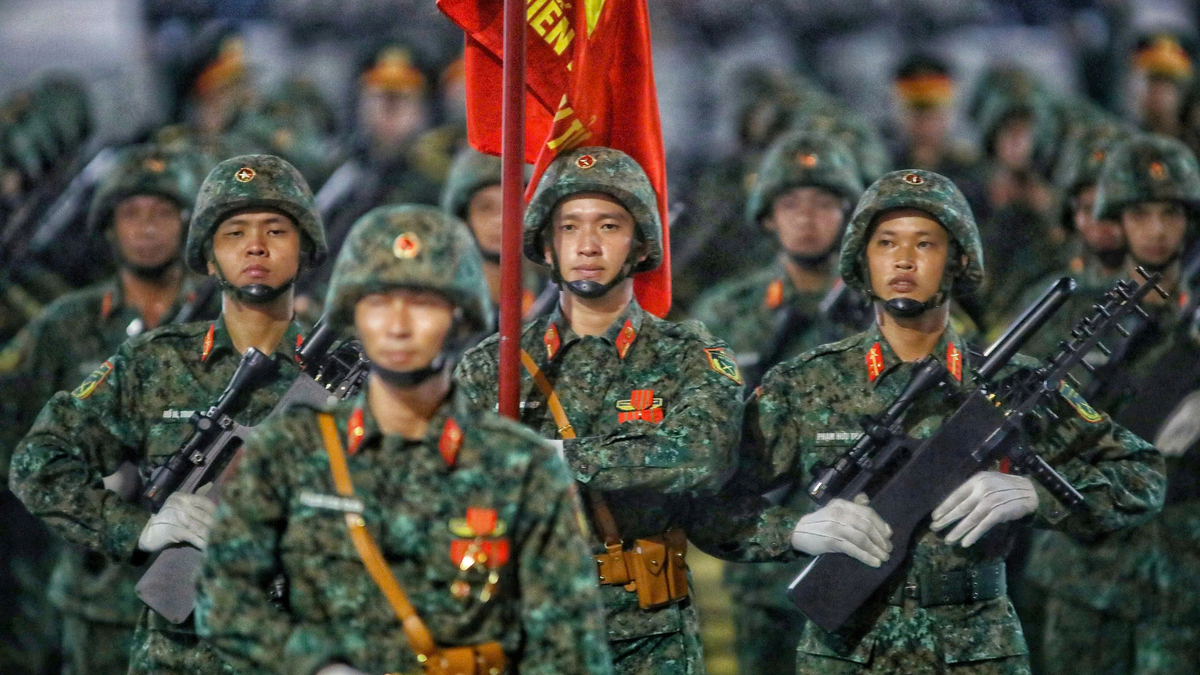
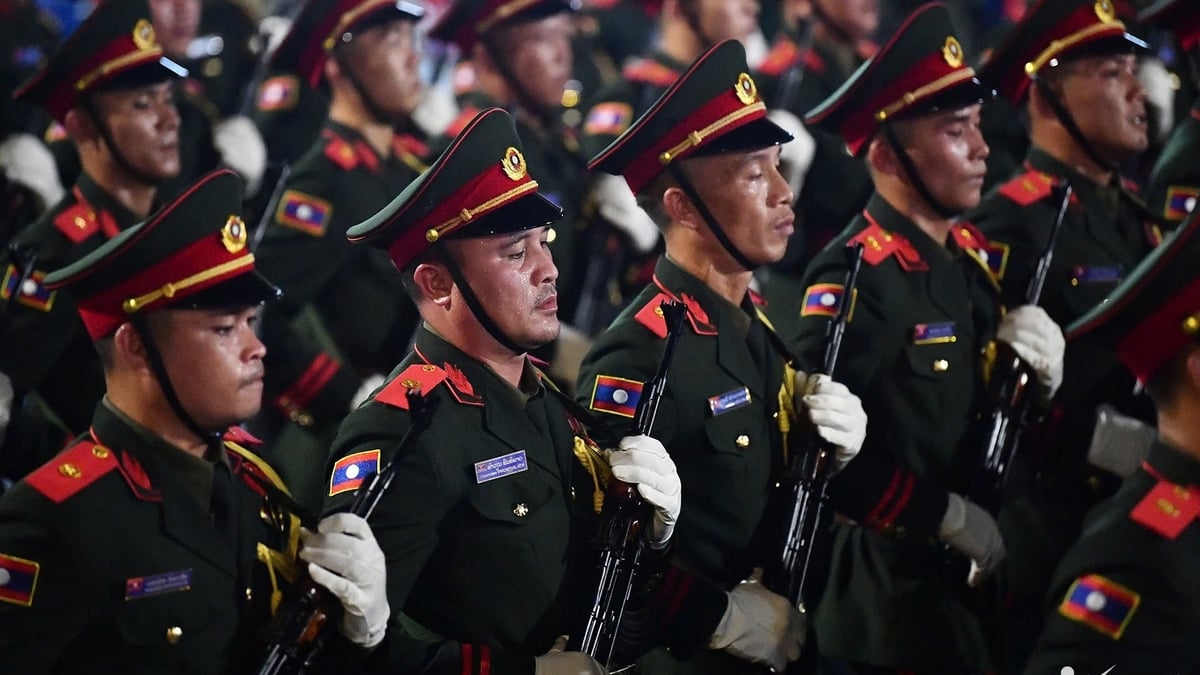
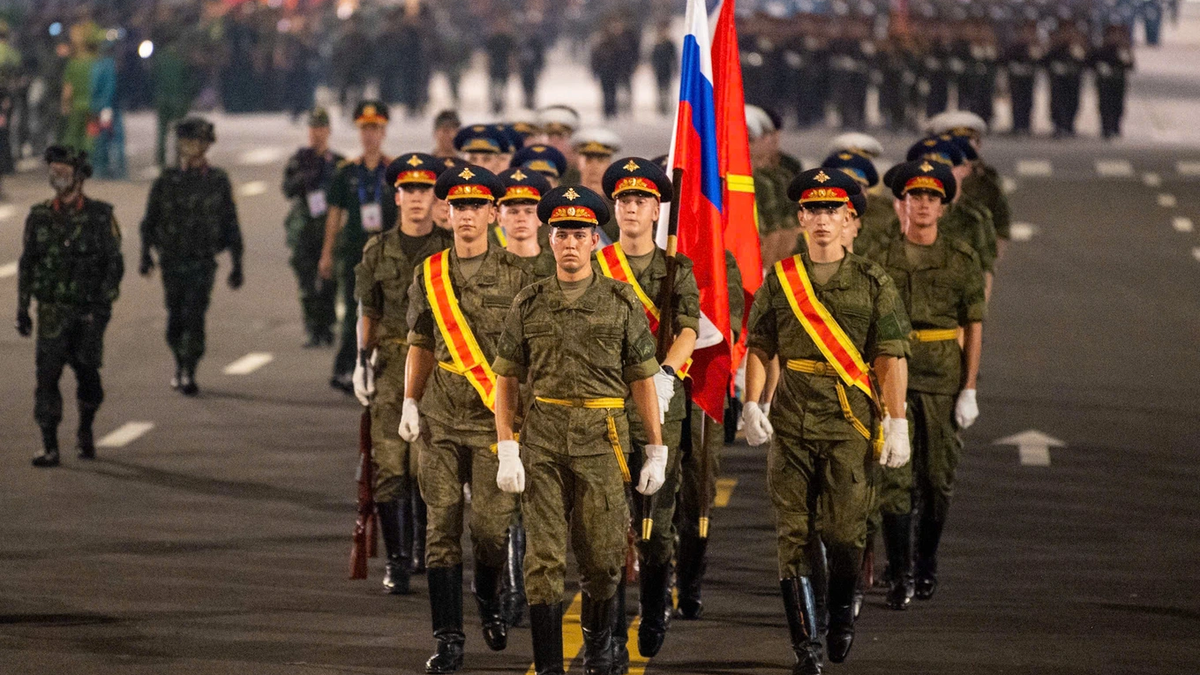
![[Photo] Parade blocks pass through Hang Khay-Trang Tien during the preliminary rehearsal](https://vphoto.vietnam.vn/thumb/1200x675/vietnam/resource/IMAGE/2025/8/27/456962fff72d40269327ac1d01426969)
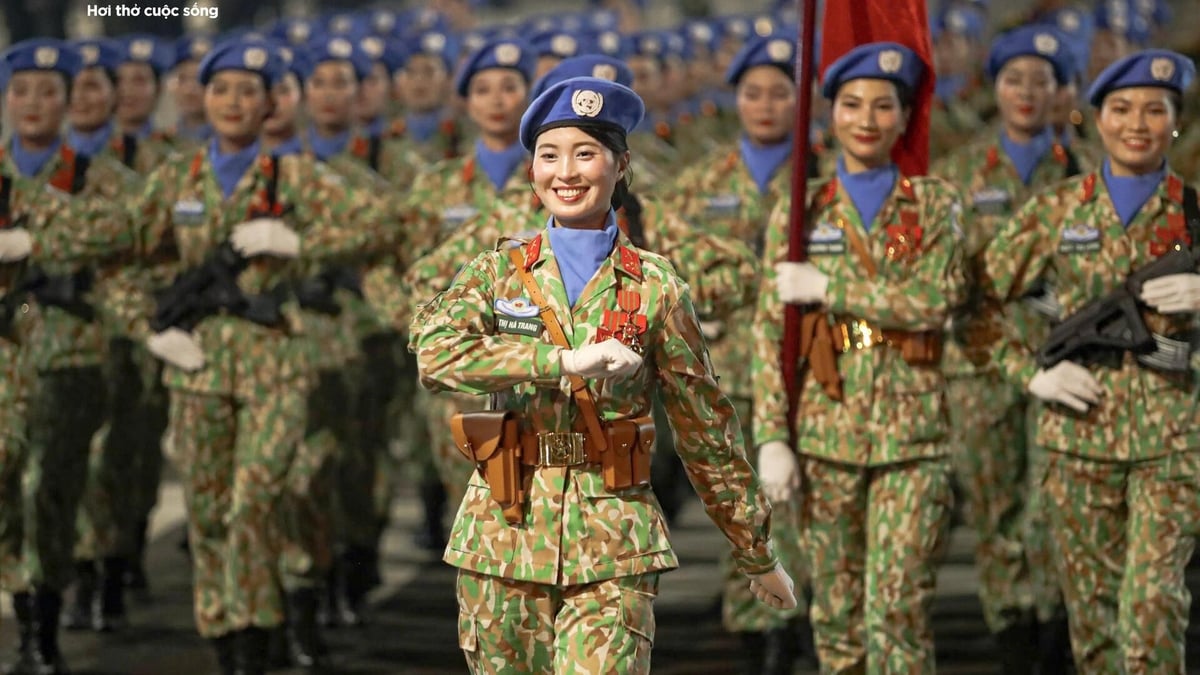
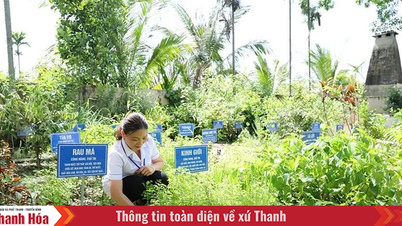




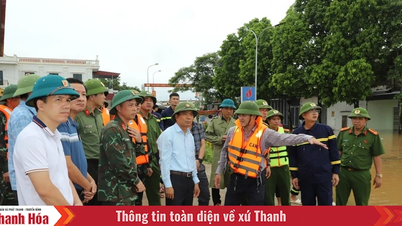






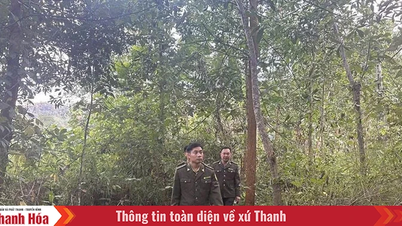
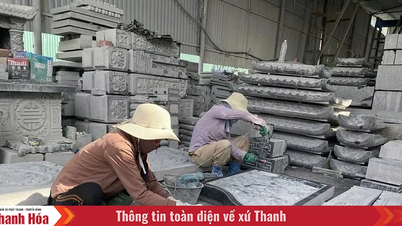
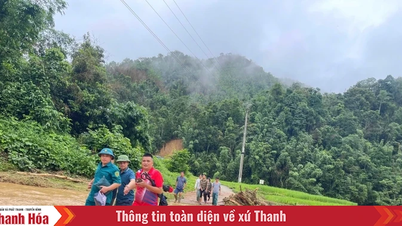


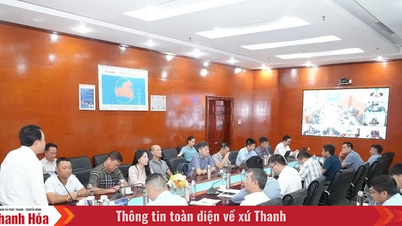


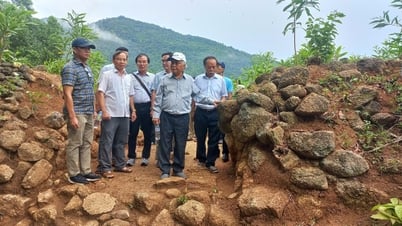



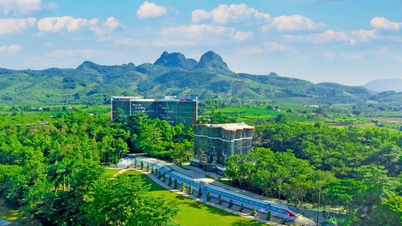


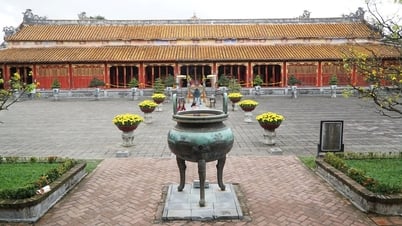








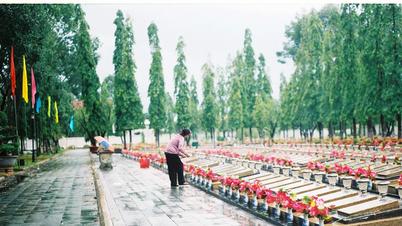







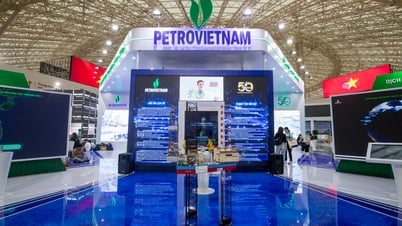

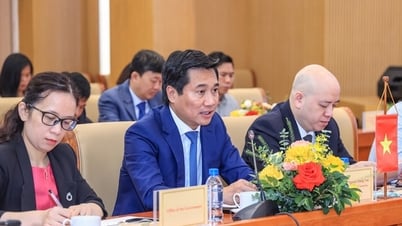

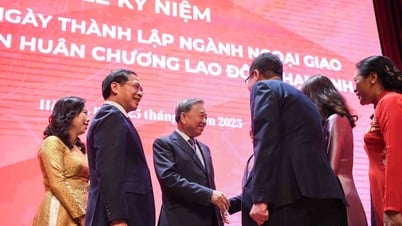

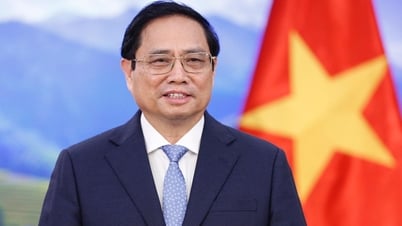



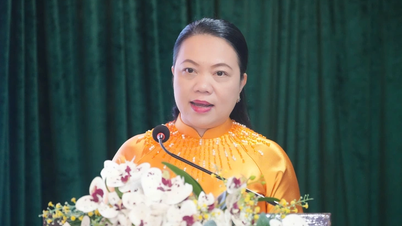
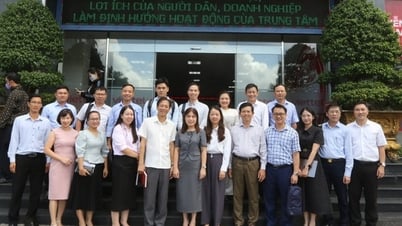



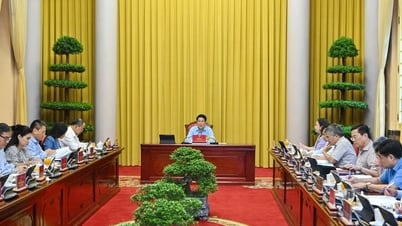

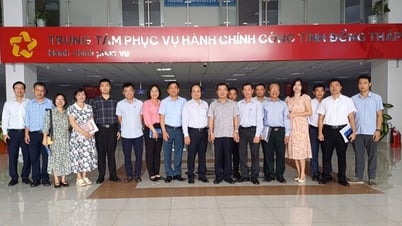
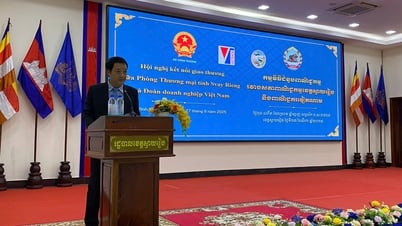
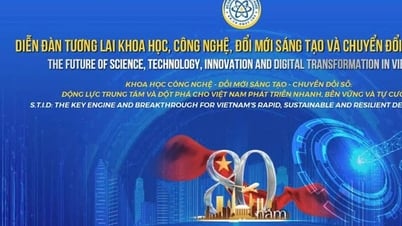
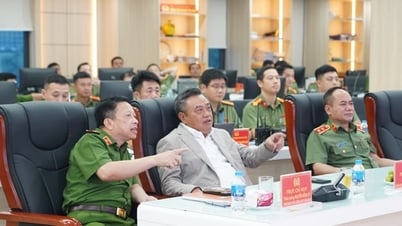

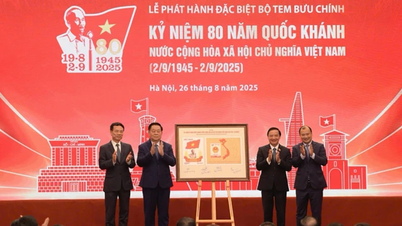

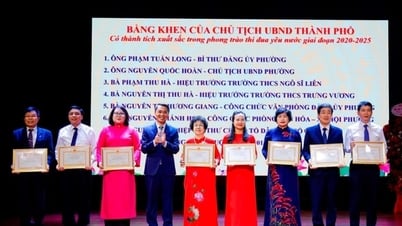


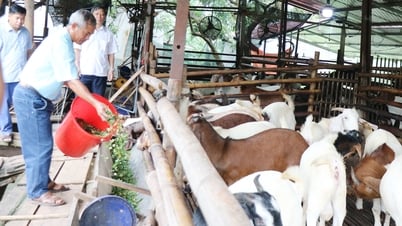

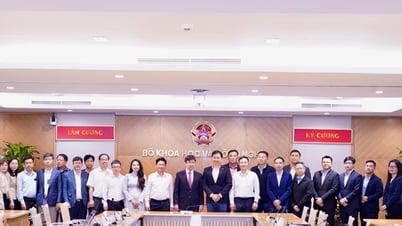



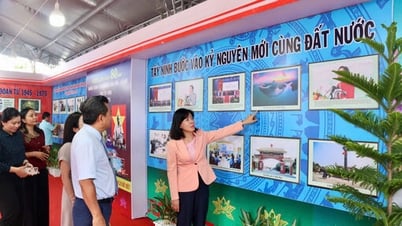






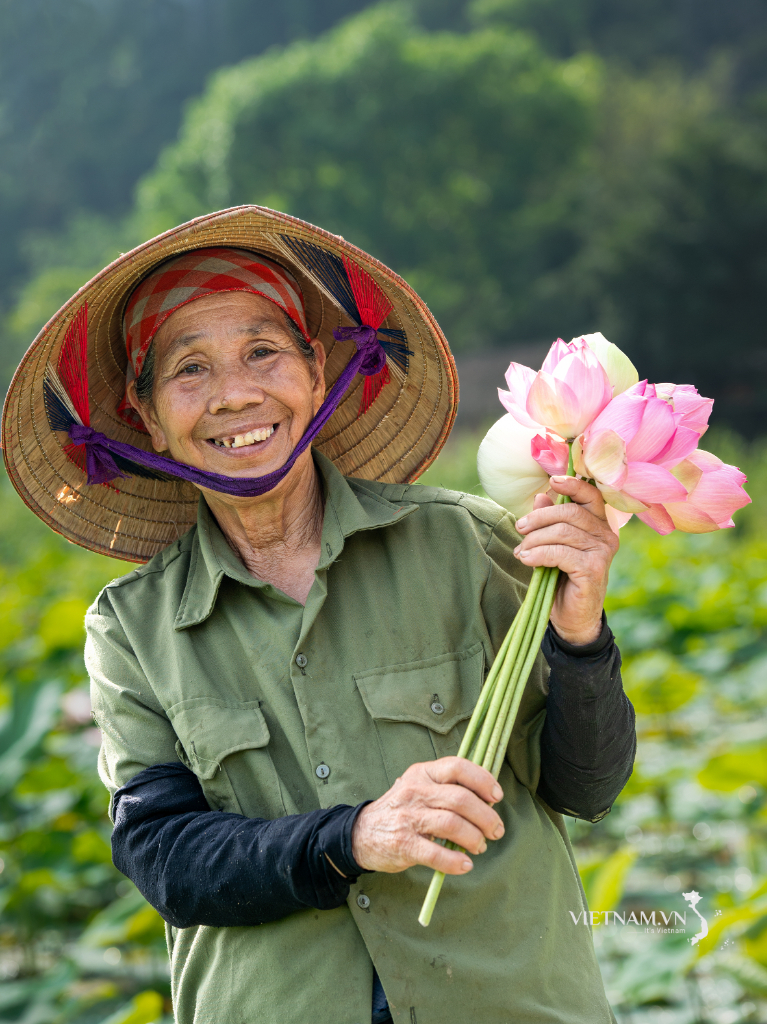



Comment (0)